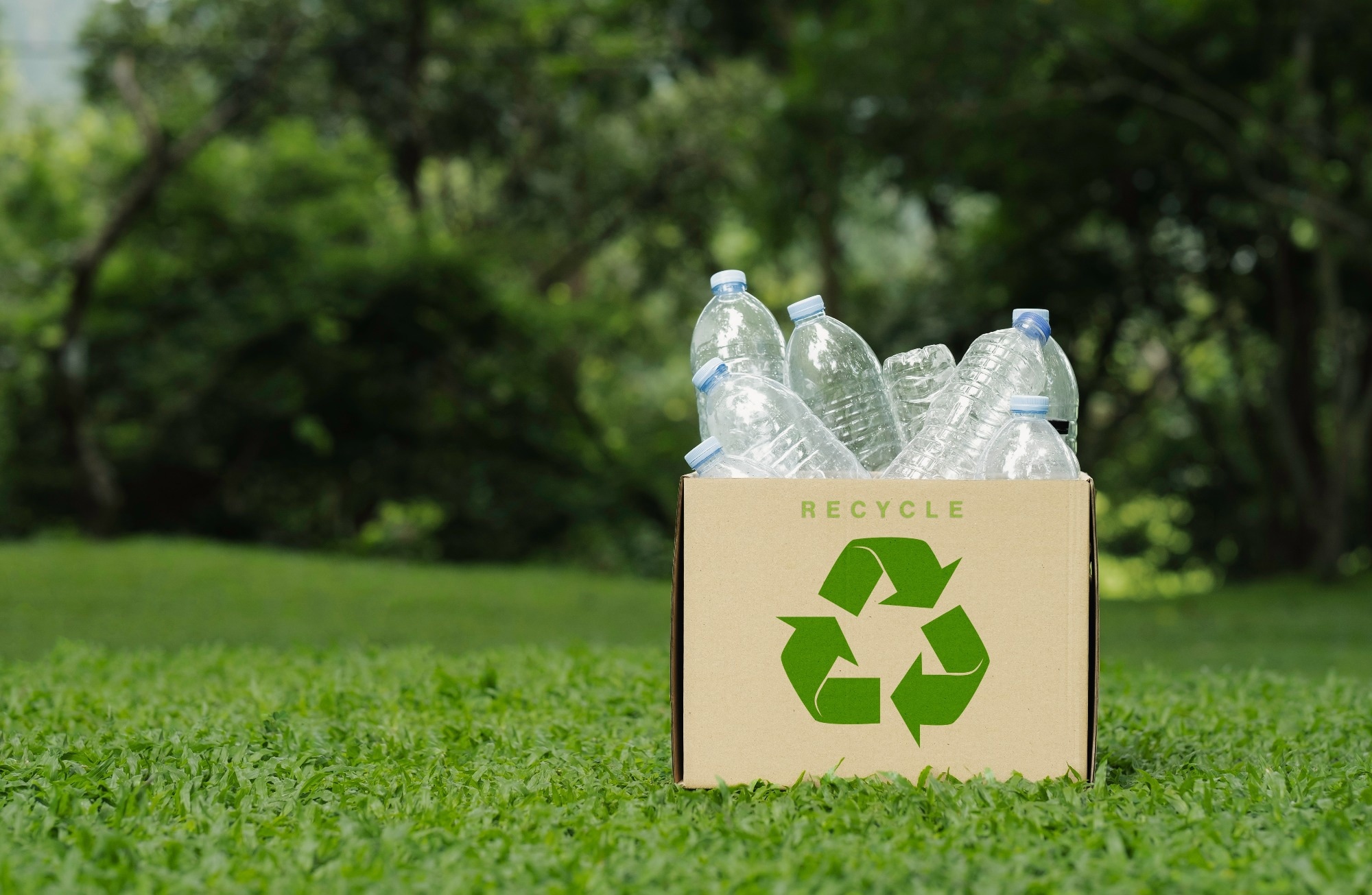 By Muhammad OsamaReviewed by Lexie CornerApr 25 2025
By Muhammad OsamaReviewed by Lexie CornerApr 25 2025A recent article in Advanced Science presents a novel method for upcycling low-density polyethylene (LDPE) into highly crystalline graphite. This approach addresses the environmental challenges of plastic waste while producing carbon materials suited for advanced technological applications.

Image Credit: Juicy FOTO/Shutterstock.com
Challenges of Plastic Waste Accumulation
Plastic waste, particularly LDPE, remains a major environmental concern due to its widespread use and low recycling rates, currently estimated at around 4 % globally.
LDPE is commonly found in packaging and disposable products. It often accumulates in landfills and marine environments, contributing to pollution and greenhouse gas emissions.
With global LDPE production projected to rise from approximately 22.8 million tons in 2022 to 35.4 million tons by 2030, the need for effective recycling and upcycling strategies has become increasingly urgent.
Thermochemical Upcycling Approach
The researchers developed a two-step thermochemical method to convert waste LDPE into electrically conductive, highly crystalline graphite. The process involves hydrothermal stabilization followed by high-temperature graphitization.
During stabilization, LDPE is treated with hydrochloric acid (HCl) and nitric acid (HNO3) at temperatures up to 300 °C to form stable cyclic ladder structures that improve thermal resistance. This stabilized material is then graphitized at 2700 °C, achieving a carbon yield of 89.4 %, outperforming conventional polymer precursors such as polyimide (PI) and polyacrylonitrile (PAN).
The researchers optimized the stabilization conditions and systematically evaluated the resulting graphite’s crystallinity and electrical properties using techniques including X-ray diffraction (XRD), Raman spectroscopy, thermogravimetric analysis (TGA), differential scanning calorimetry (DSC), and Fourier-transform infrared spectroscopy (FT-IR). Comparisons were made with both natural and synthetic graphite.
Key Findings: Carbon Yield and Conductivity Improvements
The results showed that optimized stabilization significantly enhanced the carbon yield, crystallinity, and electrical conductivity of LDPE-derived graphite (LGP). LGP exhibited approximately twice the crystallinity and 1.6 times the electrical conductivity of natural graphite, reaching levels comparable to synthetic graphite, which typically requires more intensive thermal processing.
Structural characterization revealed a notable increase in crystallite size during thermal annealing, with lateral dimensions reaching 52.2 nm and stacking heights up to 24.1 nm, both critical parameters for high-performance carbon materials. The method was effective for both pure and waste LDPE sources, including disposable gloves, cling film, and agricultural film.
Even when using contaminated waste LDPE, the graphite maintained electrical conductivities similar to those derived from pure LDPE, confirming the approach’s robustness. The upcycled LGP could be converted into graphene oxide (GO) using a modified Hummers’ method.
The resulting GO nanosheets exhibited large lateral dimensions, averaging 4.1 ± 2.4 µm, making them suitable for flexible electronics, energy storage, and coating applications.
The electrical conductivity of LGP exceeded that of Super P, a commercially used conductive carbon in battery electrodes, highlighting its potential for energy storage applications.
Applications in Energy Storage and Electronics
The upcycled graphite holds potential for a range of technologies, particularly in energy storage and electronics. Its high crystallinity and conductivity make it suitable for batteries, supercapacitors, flexible electronics, and photothermal systems. The ability to process LGP into conductive pastes and inks expands its applicability in additive manufacturing, such as 3D printing of flexible electrodes and heaters.
Furthermore, the successful production of high-dispersion GO nanosheets opens opportunities in sensors, composite materials, and nanocoatings. This upcycling method not only addresses the issue of plastic waste but also contributes to the development of sustainable, high-performance carbon materials for next-generation applications.
Download your PDF copy now!
Conclusion: A Step Forward in Sustainable Material Development
This study presents an efficient framework for converting waste LDPE into highly crystalline graphite, offering a sustainable solution to plastic waste management. The process delivers high-value carbon materials with competitive properties for industrial and technological use.
Future research should focus on optimizing synthesis conditions, assessing scalability, and evaluating performance in practical applications. By supporting resource recovery and advancing the circular economy, this work highlights a promising path toward sustainable material development and improved management of plastic waste streams.
Journal Reference
Jeong, W., et al. (2025) Upcycling Waste Low-Density Polyethylene into Highly Crystalline Graphite. Advanced Science. DOI: 10.1002/advs.202416978, https://advanced.onlinelibrary.wiley.com/doi/10.1002/advs.202416978
Disclaimer: The views expressed here are those of the author expressed in their private capacity and do not necessarily represent the views of AZoM.com Limited T/A AZoNetwork the owner and operator of this website. This disclaimer forms part of the Terms and conditions of use of this website.